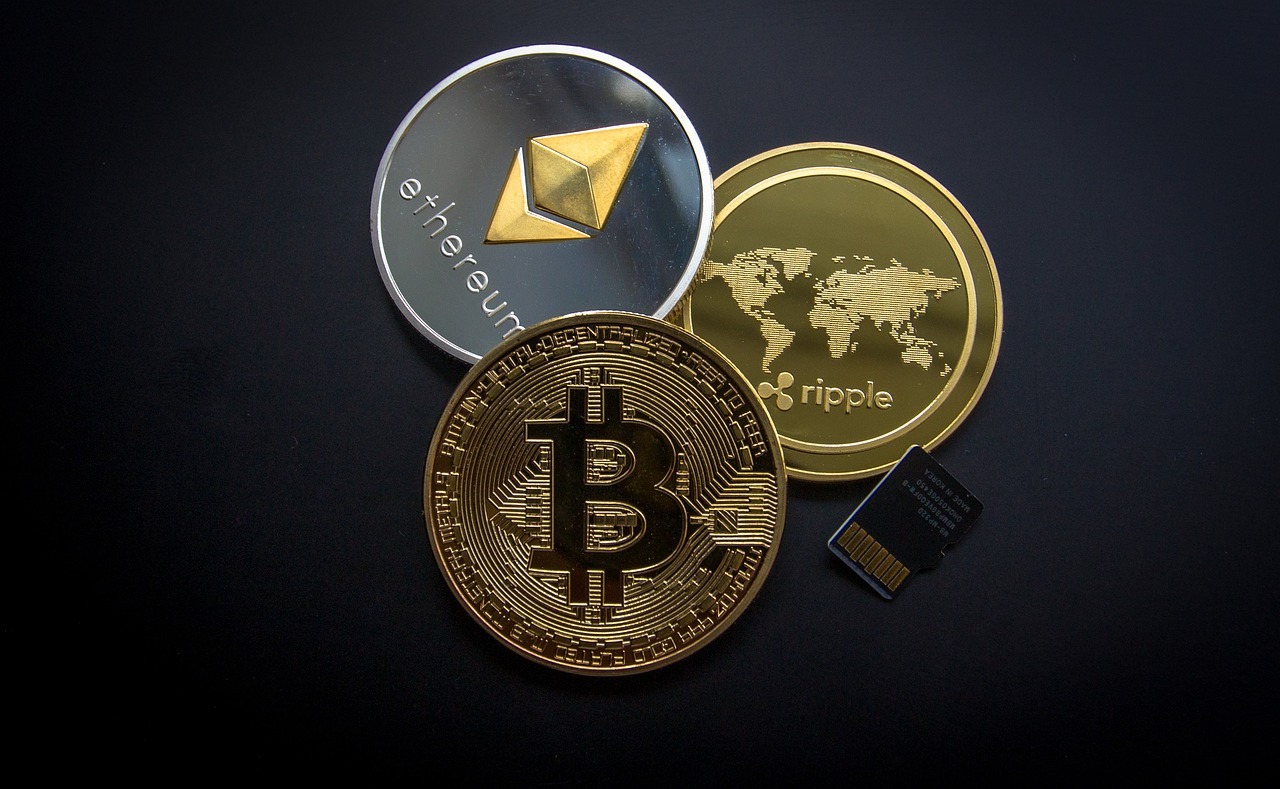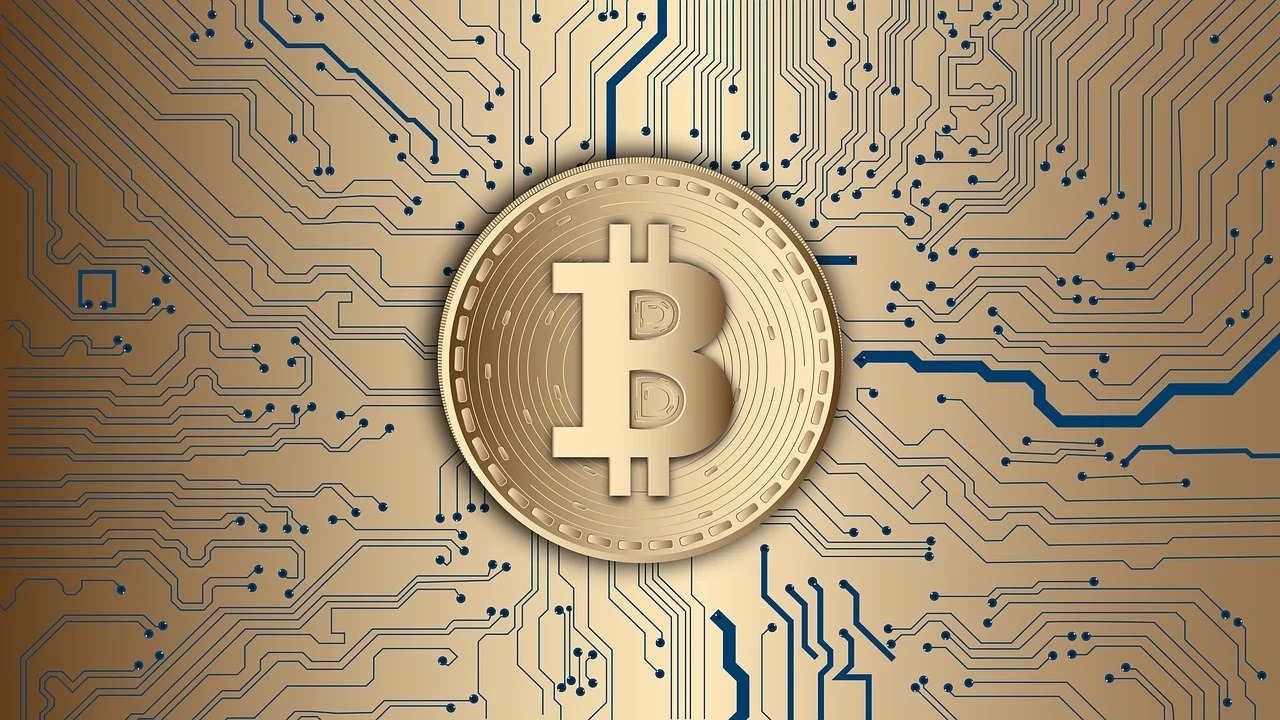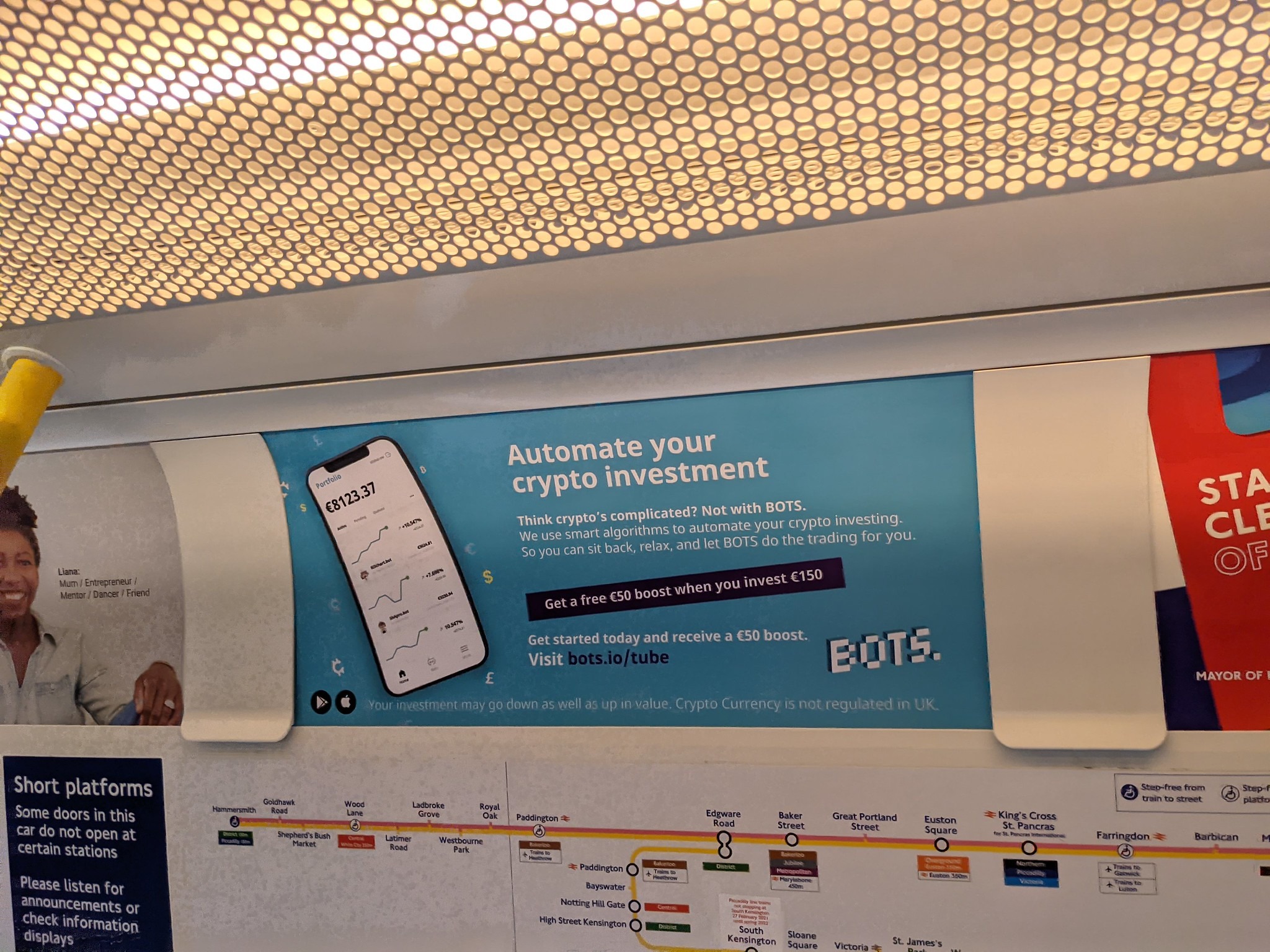Europe & European Union (EU)
Regulation (EU) 2022/858 – Distributed Ledger Technology Regulation (DLTR)[1]
On May 30, 2022, The European Parliament passed the Regulation (EU) 2022/858 (“DLTR”) to establish and regulate a temporary pilot scheme for market infrastructures operating on Distributed Ledger Technology (“DLT Market Infrastructures”). The DLTR forms part of the EU Commission’s broader ‘Digital Finance Package‘ which is set to consist of two other pieces of legislation, the proposed Market in Crypto-Assets Regulation (“MiCA”), and the proposed Digital Operational Resilience for the Financial Sector Regulation (“DORA”).
The DLTR establishes a regulatory framework which allows for the testing of distributed ledger technologies (“DLTs”) and the development of crypto-assets that fall under the definition of DLT financial instruments -which are any financial instruments[4] that are issued, recorded, transferred and stored using distributed ledger technology[2], by a practice commonly known as tokenisation.[3] [3a] These tokenized financial instruments fall outside the scope of the EU’s existing laws which govern financial services. This Regulation aims to bridge that gap by providing a set of rules suited to such tokenised financial instruments. It also addresses some of the issues associated with tokenization of financial instruments as regards to investor protection, market integrity, energy consumption and financial stability. Any tokenised assets not qualifying as financial instruments are expected to be covered under the proposed MiCA Regulation.[5]
The DLTR, further, lays down requirements in relation to DLT Market Infrastructures and their operators. It introduces the three types of DLT Market Infrastructures[6], namely: DLT multilateral trading facilities, DLT settlement systems, and DLT trading and settlement systems.
In conclusion, the DLTR establishes only a temporary regime but will be highly influential in deciding which route a more permanent legislation is likely to take based on learnings from here. However, there is no doubt that, like the GDPR which inspired various other data protection laws across the world, this regulation too has the potential to inspire various countries to come up with their own laws for DLTs and tokenized financial instruments. One can expect these technologies and their applications to be the focal point of the financial services industry in the near future.
United States
Executive Order on Ensuring Responsible Development of Digital Assets[7]
On March 09, 2022, the President of the United States, Joseph R. Biden, had issued his Executive Order on Ensuring Responsible Development of Digital Assets. It established policy objectives related to digital assets and directed agencies and other executive branch members to take actions in developing a coordinated government approach to meet these policy objectives. The Order outlined the first “whole-of-government” approach to addressing the risks and harnessing the potential benefits of digital assets and their underlying technology.
With this Order, the President mandated various governmental agencies and branches to conduct comprehensive studies of the national security, financial stability, and climate implications of digital assets. The Order “places the highest urgency on research and development efforts into the potential design and deployment options of a United States Central Bank Digital Currency (CBDC)”[8] and mandates key personnel of the US government to make a recommendation within 180 days.
In the months following the issue of the Order, various agencies across the US government have worked together to develop frameworks and policy recommendations that could advance the six key priorities identified in the Order: consumer and investor protection; promoting financial stability; countering illicit finance; U.S. leadership in the global financial system and economic competitiveness; financial inclusion; and responsible innovation.[9] Nine reports have been submitted to the President, consistent with the Order’s deadlines, from across the various branches of the US government[10], including the United States Treasury which submitted three reports in response to the Order.[11a] [11b] [11c] A statement released by the White House on September 16, 2022 noted that these reports “call on agencies to promote innovation by kickstarting private-sector research and development and helping cutting-edge US firms find footholds in global markets.”[12] It also goes on to mention that the reports recommend the Federal Reserve to continue its ongoing CBDC research and create a Treasury-led interagency working group for the same.
The Order and the response from the various fractions of the US government will guide the approach that the regulators are most likely to take as regards to digital assets and America’s CBDC in the coming months. It acknowledges the increasing mainstream adoption of these assets and recognizes the need for a coherent policy response. Overall, the Order lays the groundwork for a potential legislative and regulatory framework which will impact most, if not all, of the world’s leading financial services industry players.
Stablecoin TRUST Act of 2022
The President’s Working Group on Financial Markets (PWG), along with the Federal Deposit Insurance Corporation (FDIC) and the Office of the Comptroller of the Currency (OCC) in the United States released a report on stablecoins in November 2021.[13] Stablecoins are cryptocurrencies where the price is designed to be pegged to a reference asset which may be fiat money, exchange-traded commodities (such as precious metals or industrial metals), or any other cryptocurrency.[14] The report noted that “the market capitalization of stablecoins issued by the largest stablecoin issuers exceeded $127 billion as of October 2021” and recommended that U.S. Congress act promptly to enact legislation to ensure that stablecoins are subject to a federal law. To that effect, on April 06, 2022, Senator Pat Toomey released a discussion draft of the Stablecoin Transparency of Reserves and Uniform Safe Transactions Act of 2022 (Stablecoin TRUST Act). The Bill refers to stablecoins as ‘payment stablecoins’ and seeks to establish a new regulatory framework for issuers of payment stablecoins.[15]
The Bill, while exempting payment stablecoins from the definition of “securities”[16], envisages to provide a framework with three licensing options to payment stablecoin issuers: (i) money transmitting business, (ii) national limited payment stablecoin issuer, and (ii) insured depository institution.[16] Additionally, the Bill sets disclosure guidelines for payment stablecoin issuers such as, requirement to publicly disclose the assets backing the stablecoin, redemption policies, quarterly audited results, and attestation that the actual assets don’t materially diverge from those disclosed in a filing with the Secretary of the Treasury.
Prof. Sean Stein Smith of the Advisory Board of the Wall Street Blockchain Alliance says, “Regulating any fast-moving industry is not an easy task, and regulators the world over face an unenviable task as the sector continues to develop and mature.”[17] However, he does agree that “No single piece of legislation is a cure-all for the crypto space, but legislation like that contained in the TRUST Act is a sizeable step in the right direction.”[18] Overall, the Bill is a positive step towards the acceptance of stablecoins in the conventional financial and banking systems. It seeks to resolve the regulatory and prudential issues involved with the dealing of stablecoins. However, the plurality of options in terms of registrations may lead to a system which is difficult to manage.[19] The coming months shall impart more clarity as to how the industry reacts to the proposed legislation.
Singapore
Monetary Authority of Singapore’s Financial Services Industry Transformation Map 2025[20]
The Monetary Authority of Singapore (MAS) launched the Financial Services Industry Transformation Map 2025 (ITM 2025) on September 15, 2022 – which lays out the growth strategies to further develop Singapore as a leading international financial centre in Asia. It aims to connect global markets, support Asia’s development, and serve Singapore’s economy. The ITM consists of five strategies, one of which is to ‘Shape the Future of Financial Networks’[21].
The strategy aims to “enhance payment connectivity” and “build a responsible digital asset ecosystem”.[22] It also plans to explore the potential of distributed ledger technology (DLT) in promising use cases like cross-border payments, trade finance, capital markets, etc. Support for tokenisation of financial assets under the Project Guardian[23] – a collaborative initiative with the financial industry that seeks to explore the economic potential and value-adding use cases of asset tokenisation – has also been re-iterated.
ITM 2025 outlines the importance of Central Bank Digital Currency (CBDC) and envisaged Project Orchid[24], a public-private collaboration to develop CBDC infrastructure for the SGP Dollar. Given the importance of Singapore for the financial services industry, these developments from Singapore may have far reaching industry wide implications.
Hong Kong
Joint Circular on intermediaries’ virtual asset-related activities[25]
In January 2022, the Securities and Futures Commission (SFC) and the Hong Kong Monetary Authority (HKMA) issued a Joint Circular on intermediaries undertaking virtual asset-related activities. It provides guidance on the approach to be taken by SFC-licensed intermediaries that wish to engage in activities relating to virtual assets (VAs) This will replace the SFC’s circular of 1 November 2018[26] on distribution of VA funds.
Intermediaries distributing VA-related products are required to comply with the SFC’s requirements for the sale of complex products.[27] Furthermore, VA-related products which are considered complex products should only be offered to professional investors. However, a limited suite of VA-related derivative products which are traded on regulated exchanges, have been authorised or approved for offering to retail investors.
Emphasising its mandate to ensure adequate investor protection, the circular requires all intermediaries to partner only with SFC-licensed VA trading platforms for the provision of VA dealing services which involves introducing clients to the platforms for direct trading or establishing an omnibus account with the platforms. These services too are to be provided only to professional investors.
This is a welcome move from the regulators who, in 2018, had taken a far more restrictive stance where all VA-related activity was limited exclusively to professional investors.[28]This opens up the virtual asset market to retail investors of Hong Kong and provides some extra protection against the fast-moving space of crypto and virtual assets.
The blog is authored by Rajvardhan Mohite, Trainee at Ikigai Law with inputs from Anirudh Rastogi, Managing Partner.










